Ireland has its share of high-quality visitor attractions offering generous free admission – the National Gallery, the Ulster Museum, Slieve League Cliffs, Connemara National Park. With regard to pay-in visitor attractions, admission costs have been rising steeply in recent times, especially for families. While the economy remains at full employment, budgets are being stretched by rising prices, with the cost of admission helping to put staycations beyond the reach of many. Fear not, however. There is an abundance of lesser-known attractions across Ireland for those who look carefully. Coming with compelling stories, they will entertain the family without too much stress on the holiday budget. Here are some of my favourites.
Holycross Abbey, Co Tipperary
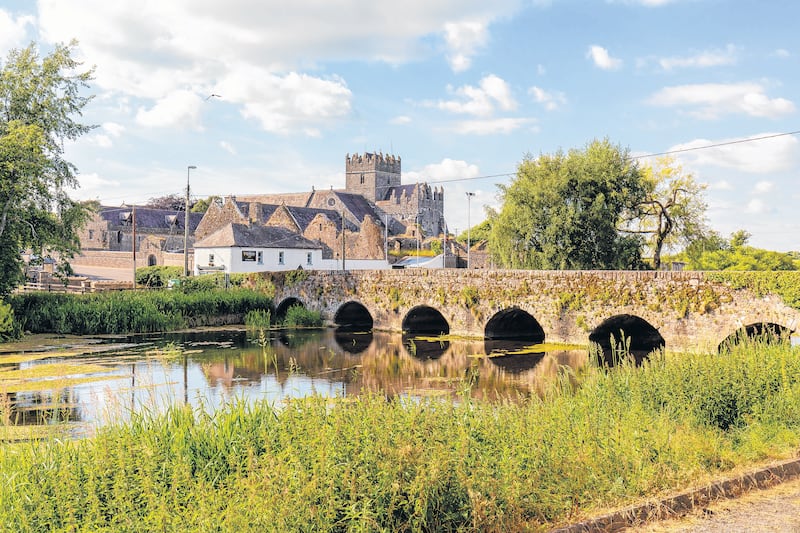
With a long history as a pilgrim destination, Holycross Abbey is a restored Cistercian monastery that still holds a relic of the true cross. In medieval times, penitents made long journeys to venerate the relic after which the abbey is named. Today, Holycross is a place for quiet contemplation and historical discovery. As well as visiting the cross, you can marvel at the abbey’s ornate stonework. The Sedilia and the Waking Bier are possibly the finest pieces of 15th-century ornamentation in Ireland, while the abbey also houses one of the few surviving medieval frescoes in Ireland. Every Sunday at 2.30pm, passionate volunteer guides provide a tour of the abbey costing €5 per person, with children under 16 going free. Tours can also be booked at other times by e-mailing holycrossabbeytours@gmail.com.
Lough Boora, Co Offaly
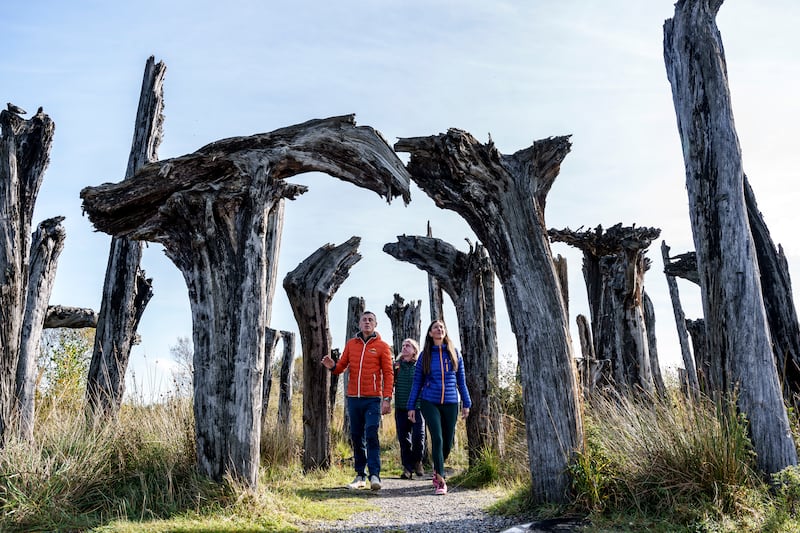
Once a desert of worked-out peatland, Lough Boora, located about 20km west of Tullamore, has recently been transformed into a sanctuary for wildlife and a major visitor attraction. A good way to explore Lough Boora is to follow the yellow arrows on a 3.5km loop through the innovative Sculpture Park. Here, artists were inspired by the local natural and industrial heritage to create a series of impressive sculptures. Eileen McDonagh’s Boora Pyramid will prove a highlight and instantly have kids scrambling to the top. Check out other fine exhibits, including the Secret Garden and the Raised Circle. Then, follow signs over a bridge and back to the visitor centre, stopping en route to investigate an old peat train, marooned high on an embankment.
Cnoc na dTobar Pilgrim Path, Co Kerry
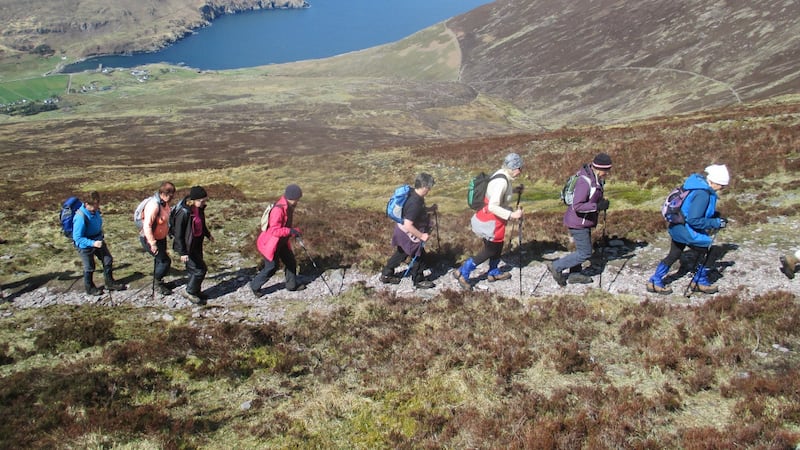
A sacred mountain since the ancient pagan festival of Lúghnasa was celebrated on its great mountaintop plateau, the well-marked pilgrim path is denoted by 14 Stations of the Cross and supplementary walking arrows. This leads, after about a two-hour ascent, to an imposing Celtic cross on the summit. Choose a clear day for your ascent to enjoy one of the finest vistas in Ireland extending from the Skellig Islands and the Dingle Mountains, to the Macgillycuddy’s Reeks and Cork’s remote Beara Peninsula. Exposed to the vagaries of Atlantic weather, the summit can be windy and cold, so be prepared with suitable clothing and footwear.
READ MORE
The Dark Hedges, Co Antrim
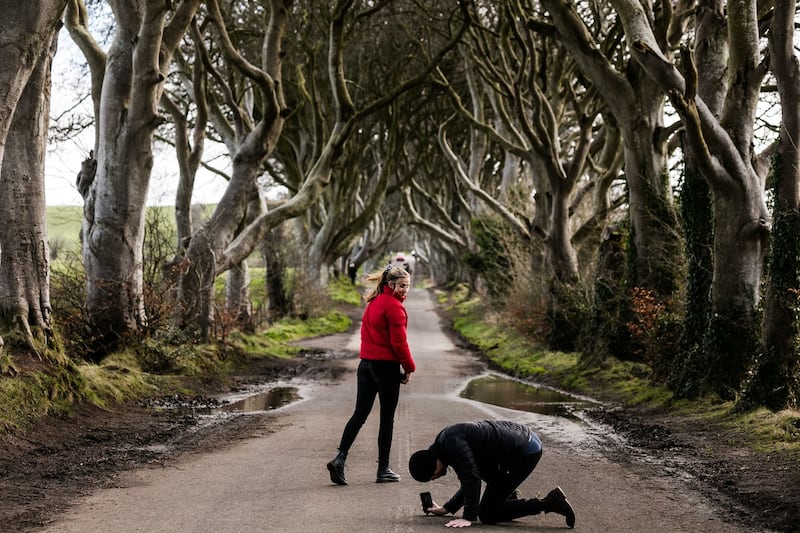
Situated near the village of Armoy, the Dark Hedges consist of a half-mile-long line of beech trees, made famous when used for scenes in the Game of Thrones TV series. Planted 250 years ago by the Stuart family to frame the approach to their stately home, they now form a natural canopy above the road. Attractive at any time of the year, summer and autumn are the ideal time to visit, since it is then the trees create the leafy canopy above the avenue. Don’t delay visiting, as the trees are now coming to the end of their natural lifespan. There are fewer than 90 remaining of the original 150 and most years storms claim further victims among these shallow-rooted trees.
National Museum of Ireland - Country Life, Co Mayo
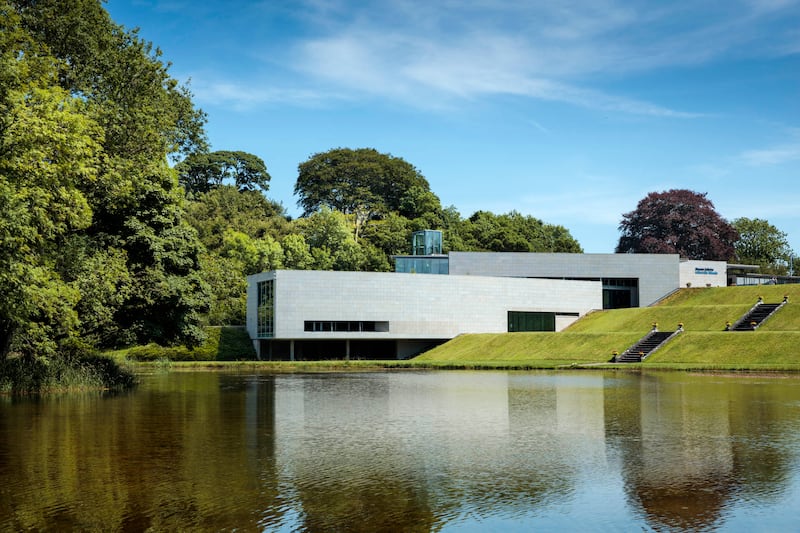
Fitted snugly into the grounds of Turlough Park House, this captivating museum features the now-vanished way of life in rural Ireland between 1850-1950. Serving to remind us of the incredible pace of change over the past seven decades, the time represented is still close enough to resonate strongly. Fascinating exhibits feature farming, fishing, domesticity, rural festivals, leisure, sport and religion. For a great family day out, cycle the easy 7km riverside greenway from Castlebar to Turlough Park and visit the National Folklore Collection, and the stately home. Then, enjoy lunch in Synge and Byrne Café before returning to Castlebar.
Stairway to Heaven, Co Fermanagh
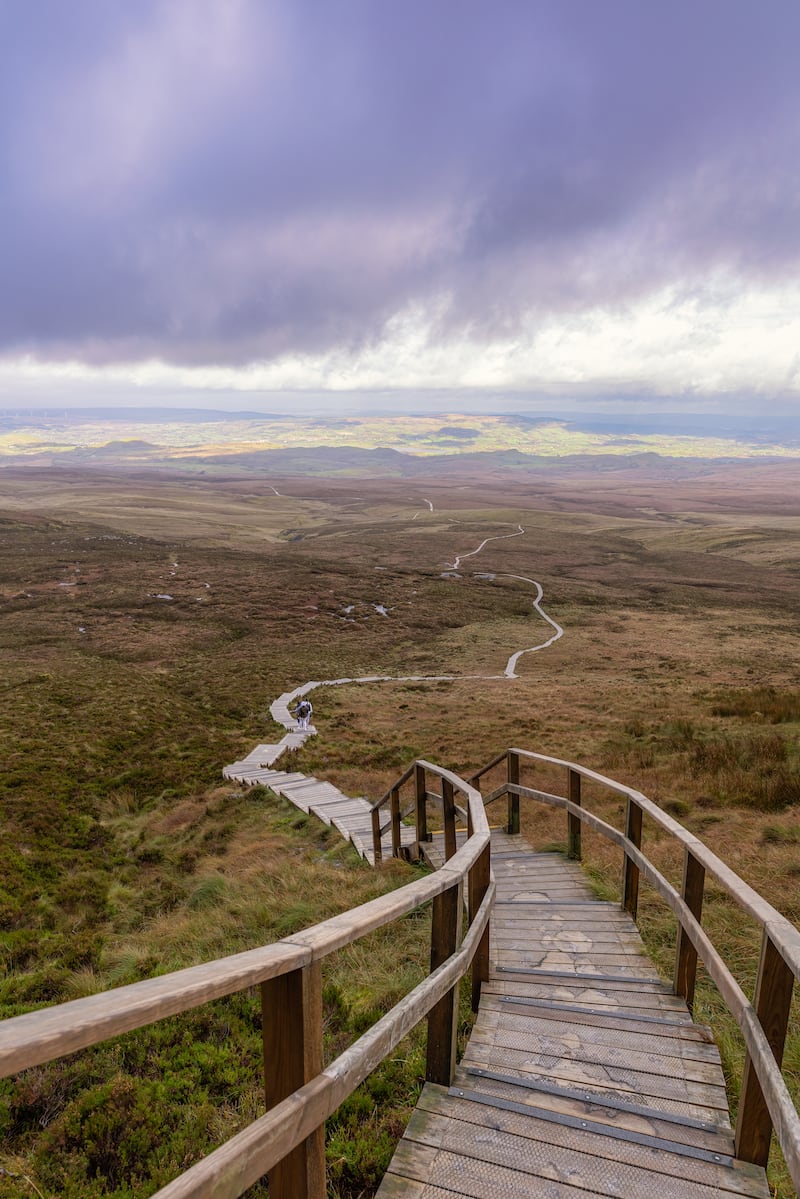
Located near the Marble Arch Caves, the Stairway to Heaven consists of a scenic track, leading to a spectacular 450-step stairway that ascends Cuilcagh Mountain. Originally completed in 2015 to protect an expanse of fragile blanket bog from erosion, the structure became an overnight sensation in 2017 when a video titled “Stairway to Heaven” went viral on YouTube. Taking about 2½ hours there and back, it offers unforgettable views over several counties from its summit platform. It makes for the perfect family outing, and the only cost is a modest parking fee if you bring your own lunch.
Glencar Waterfall, Co Leitrim
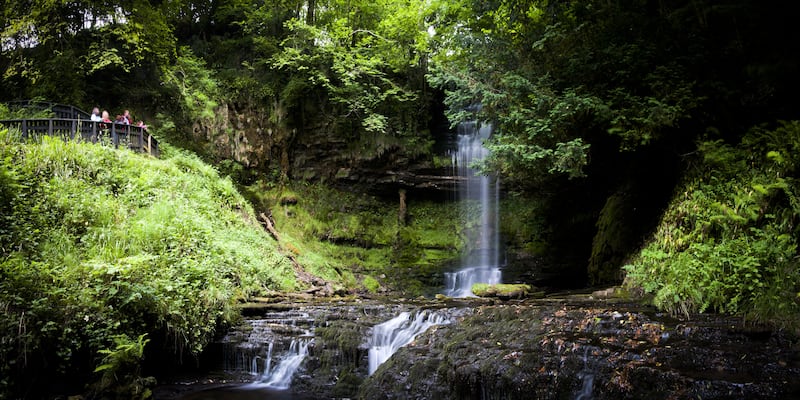
According to WB Yeats, this is “Where the wandering water gushes, From the hills above Glen-Car”. On arrival, it will be immediately obvious that this is a place to stimulate poetic imaginings. Situated above Glencar Lough, the hypnotic waters create a truly magical atmosphere as they tumble almost 20m to a crystal-clear plunge pool. A short, picturesque wooded walk offers varied viewing platforms to enjoy the powerful cascade. Like all waterfalls, the best time to visit is after heavy rain on the above highlands. Afterwards, enjoy a cuppa in the Teashed Café while savouring expansive views over serene Glencar Lake.
Walls of Derry, Co Derry
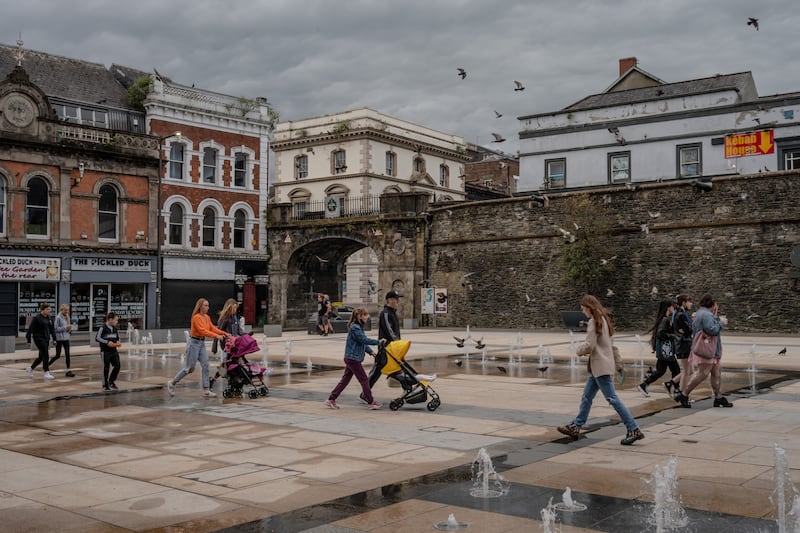
Robust walls were a must-have for medieval towns. They provided security for the inhabitants and offered a convenient way of collecting taxes at the town gates on goods entering or leaving. The Walls of Derry certainly proved their worth when King James II failed to take the city after a long siege in 1689. Fully intact to this day, these great ramparts encircling the city make a captivating 1.5km excursion, offering views over the nationalist Bogside and the blue and white bedecked loyalist Fountain. Your outing can be lengthened by descending to explore murals that decorate the Bogside along with the Bloody Sunday Memorial and Free Derry Corner.
Belfast Castle, Co Antrim
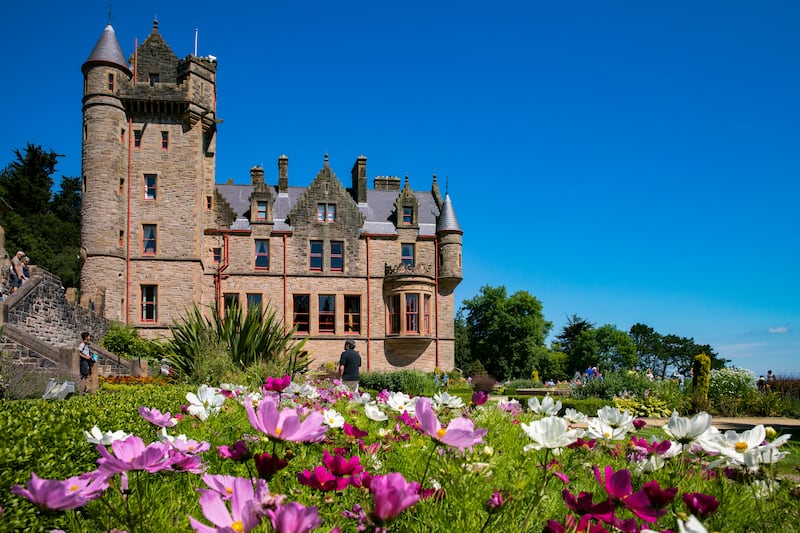
Baronial mansions are weirdly attractive, 19th-century edifices designed to make a statement about power and money. Visible from across the city, Belfast Castle fits comfortably into this category. Located high on Cave Hill and built by the wealthy Chichester family, the castle offers commanding views across Belfast to the Irish Sea, the Isle of Man and the mountains of the English Lake District. A leisurely visit involves sampling the breathtaking views, discovering local history in the visitor centre, exploring the splendid gardens and enjoying a bite to eat in the basement cafe. More active visitors can ramble the 3.5km Estate Walk or follow the steeper 6.4km Cave Hill Walk. This leads to the viewpoint of McArt’s Fort, where leaders of the United Irishmen first conceived the vision of a fully independent Irish Republic.
The Caves of Kesh, Co Sligo
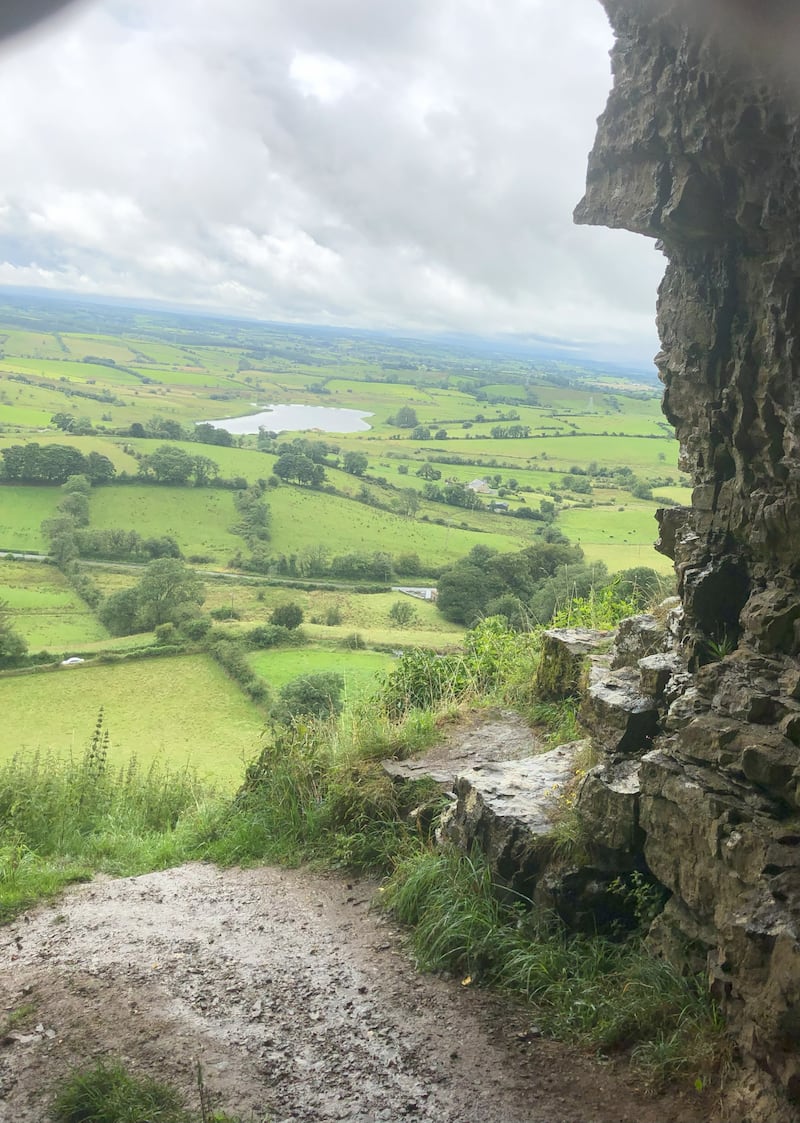
Visits to show caves, while often very worthwhile, tend to be expensive and highly sanitised. If this isn’t your bag, head for the Caves of Kesh, (also known as Keshcoran Caves) located south of Ballymote, for a wonderfully unsanitised experience. It is a short, but relatively steep, flog up from the car park to the 16 limestone caves laid out in linear formation. Kids will love exploring the caves, some of which are relatively deep and interlinked. The real attraction, however, is the breathtaking view over Lough Feenagh to the evocative south Sligo countryside, but take care of the steep ground.
Gallarus Oratory and Kilmalkedar, Co Kerry
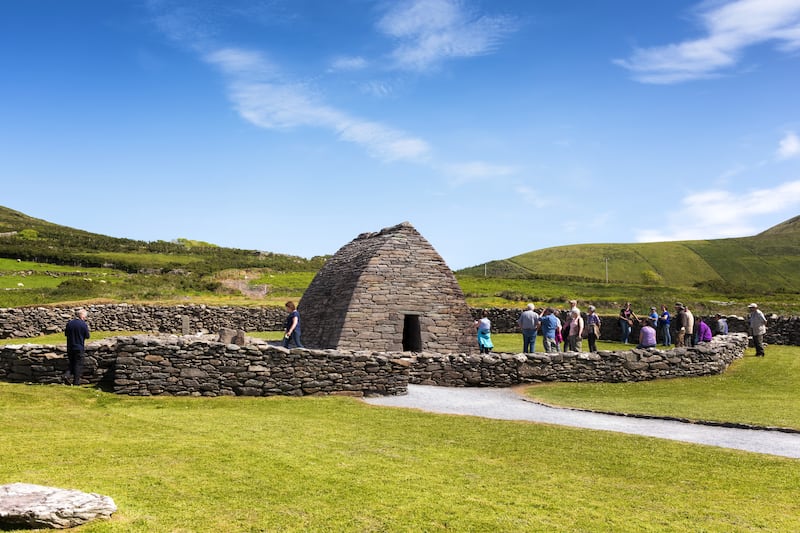
The only intact example of an early Irish oratory, Gallarus offers free admission if you don’t enter through the visitor centre. From Murreagh, pass the visitor centre entrance and park at a small roadside parking place on the left. Then walk up the lane to Gallarus. For another free attraction, follow the signs for 3km from Gallarus along the Cosán na Naomh pilgrim path to Kilmalkedar, the most important Christian site on the Dingle Peninsula. Here, a 12th-century church with inscriptions in Ogham and Latin is reputedly modelled on Cormac’s Chapel, Cashel. The real attraction is, however, the way the place resonates with mystery and stay-awhile charm. Kilmalkedar is the perfect location to linger and get in touch with the ancient past, particularly as the evening sun drops to the western ocean.

















